Most of the times, I determine contour orientation generating 2D points and computing the closed polygon area. Depending on the area value sign I can understand if the contour is oriented clockwise or not (see How to determine if a list of polygon points are in clockwise order?).
Would it be possible to do the same computations without generating 2D points? I mean, relying only on geometric curve properties?
We are interested in determining the orientation of contours like these ones without sampling them with 2D points.
EDIT: Some interesting solutions can be found here:
- https://math.stackexchange.com/questions/423718/general-way-to-find-out-whether-a-curve-is-positively-oriented
- Scientific paper: Determining the orientation of closed planar curves, DJ Filip (1990)
